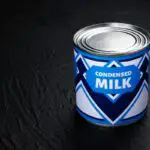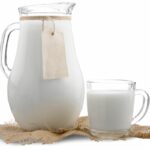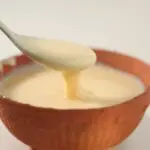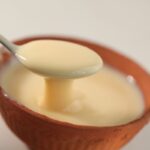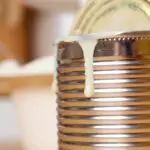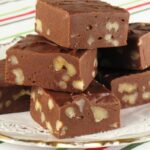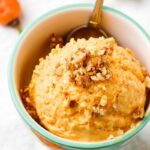When looking for cake recipes, the most important thing we want to achieve is a moist, delicious cake. Sometimes, this can be more important to us than the flavor of the cake. This article will look at the differences between buttermilk and whole milk in a cake.
Should You Use Buttermilk Or Milk In A Cake?
As a general rule, it is best to use the ingredient that the recipe calls for. Not using these ingredients can affect the final color and texture of the cake.
Not only that but anyone with attuned tastebuds will be able to taste the difference too. This is particularly true if you use whole milk as a like-for-like way to substitute buttermilk in cake recipes.
A good example of buttermilk vs milk would be if you made two cakes, one with buttermilk and one with whole milk, the appearance of the cakes would differ drastically. The cake made with buttermilk would be much fluffier than the milk cake.
Another noticeable difference would be the color, with the buttermilk cake presenting a lighter color than the one made with milk which will have a slightly darker color. This is due to the higher acid level in buttermilk than in whole milk.
Can Buttermilk Be Substituted For Milk In A Cake Recipe?
In general, whole milk cannot be used to substitute buttermilk. This is mostly because of the higher acid content of buttermilk which provides a different texture to the cake when reacting with other ingredients such as baking soda.
Also, they are different products, it would be like replacing whipping cream with sour cream.
The pH level of whole milk tends to range between 6.7 to 6.9 while the pH level of buttermilk tends to sit around 4.4 to 4.8. It is this extra lactic acid that helps buttermilk to produce a fluffier cake when reacting with baking powder, baking soda, and other dry ingredients.
Another reason why whole milk isn’t ideal to substitute buttermilk is that the consistencies of the two ingredients are very different. If you pour milk and buttermilk into a glass, buttermilk is significantly thicker.
Using whole milk instead of buttermilk can leave you with a lumpy cake batter as the liquid curdles with the creamed butter and sugar.
Finally, swapping buttermilk for whole milk changes the nutritional value of your cake. Buttermilk has a significantly lower fat content and calorie content than whole milk.
What Happens If You Use Milk Instead Of Buttermilk
We briefly touched on the effects of substituting buttermilk for milk above, but let’s look closer. Generally, using buttermilk vs milk provides a different texture, color, and flavor for your cake.
When added to a cake recipe, buttermilk acts like a tenderizer. It helps keep the cakes moist. This effect is thanks to the acid levels in the buttermilk that disrupts the hydrogen ions in the cake’s proteins and causes them to unravel. This process happens too much if you use milk in cake.
Buttermilk also gives the cake a tangier flavor, a bit like sour cream. This makes it the perfect ingredient for people who don’t like their cakes too sweet. Buttermilk adds a mild complexity to the flavors of a cake.
Finally, the buttermilk helps make the cake rise. The buttermilk will react with the alkaline baking powder or baking soda and the neutralization causes the cake to rise.
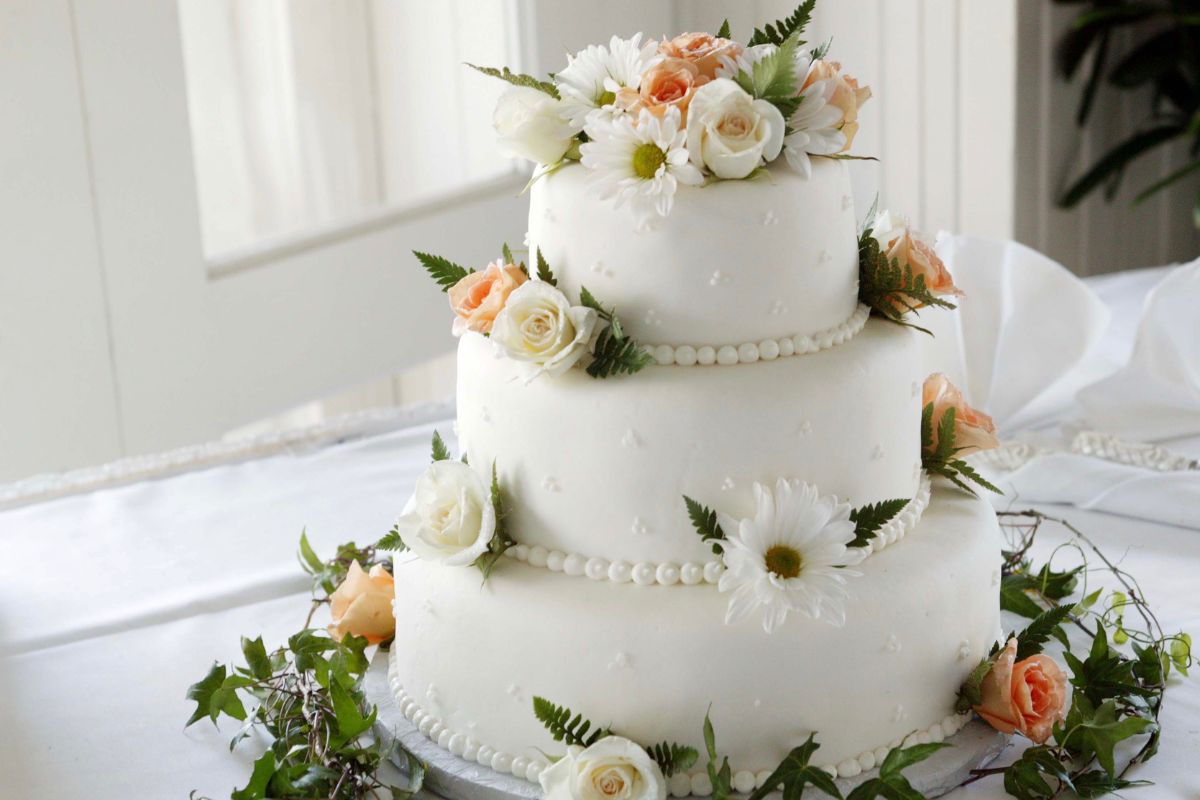
Does Buttermilk Make Cake Moist?
On the whole, yes, buttermilk does make a cake moister than using milk. The reason for this is the way the acid in buttermilk reacts with the gluten and other ingredients. Buttermilk is able to break down long gluten strings. If these strings aren’t broken, your cake can be tough and dense.
Is Buttermilk Better Than Milk For Baking?
The answer to this question depends on the recipe that you are using. If the recipe calls for milk, buttermilk will not be a better option. However, if the recipe says you need buttermilk, milk will not be a good substitute.
In general, a buttermilk cake will have a tangy taste and can produce a more flavorful cake. However, regular milk cakes can also have delicious recipes.
You should always try to stick to the type of dairy that the recipe asks for. Otherwise, you can change the texture, flavor, and color of the cake you are making. When you are making a milk cake, you should always use whole milk. This is because regular milk and low-fat milk will make cakes too tough.
How To Make Your Own Buttermilk
Sometimes, you won’t have access to buttermilk when you need it, and substituting it with milk isn’t a good idea. Therefore, it can be useful to know how to make it yourself. One of the simplest ways to make buttermilk is to put 1 tablespoon of lemon juice or vinegar in a one-cup measuring cup.
Then fill to the cup line with milk. Stir the mixture and let it sit for 5 minutes. Remember to avoid regular milk and use cold milk not hot. Below are some other ways you can make your own buttermilk.
- Add 1 tablespoon of red wine vinegar to 1 cup of milk. Allow to sit at room temperature until it thickens
- Add 3/4 cup plain yogurt and ¼ cup milk. Stir to combine
- Add 1/3 cup powdered milk, 1 cup water, and 1 tablespoon white vinegar, and stir. Let it sit for 10 minutes to thicken
- Add 1 tablespoon of fresh lemon juice to 1 cup of milk and mix
- Add 1 tablespoon of apple cider vinegar to 1 cup of milk. Allow it to sit until thickened
- Add 1/2 cup plain Greek yogurt and ½ cup whole milk. Stir to combine
- Combine 3 tablespoons of whole milk with 1 cup of sour cream
- Add 3 tablespoons of Greek yogurt to 1 cup of buttermilk
- Add 1 3/4 teaspoons of cream of tartar to 1 cup of milk. Allow it to sit at room temperature until thickened
- Add 1/2 cup sour cream and 1/2 cup whole milk. Mix well
Final Thoughts
While it might seem like a simple fix in a pinch, an avid baker will know that using milk as a substitute for buttermilk will not produce the results that you are looking for. It is best to stick to the dairy that a cake recipe calls for to get the best results.

